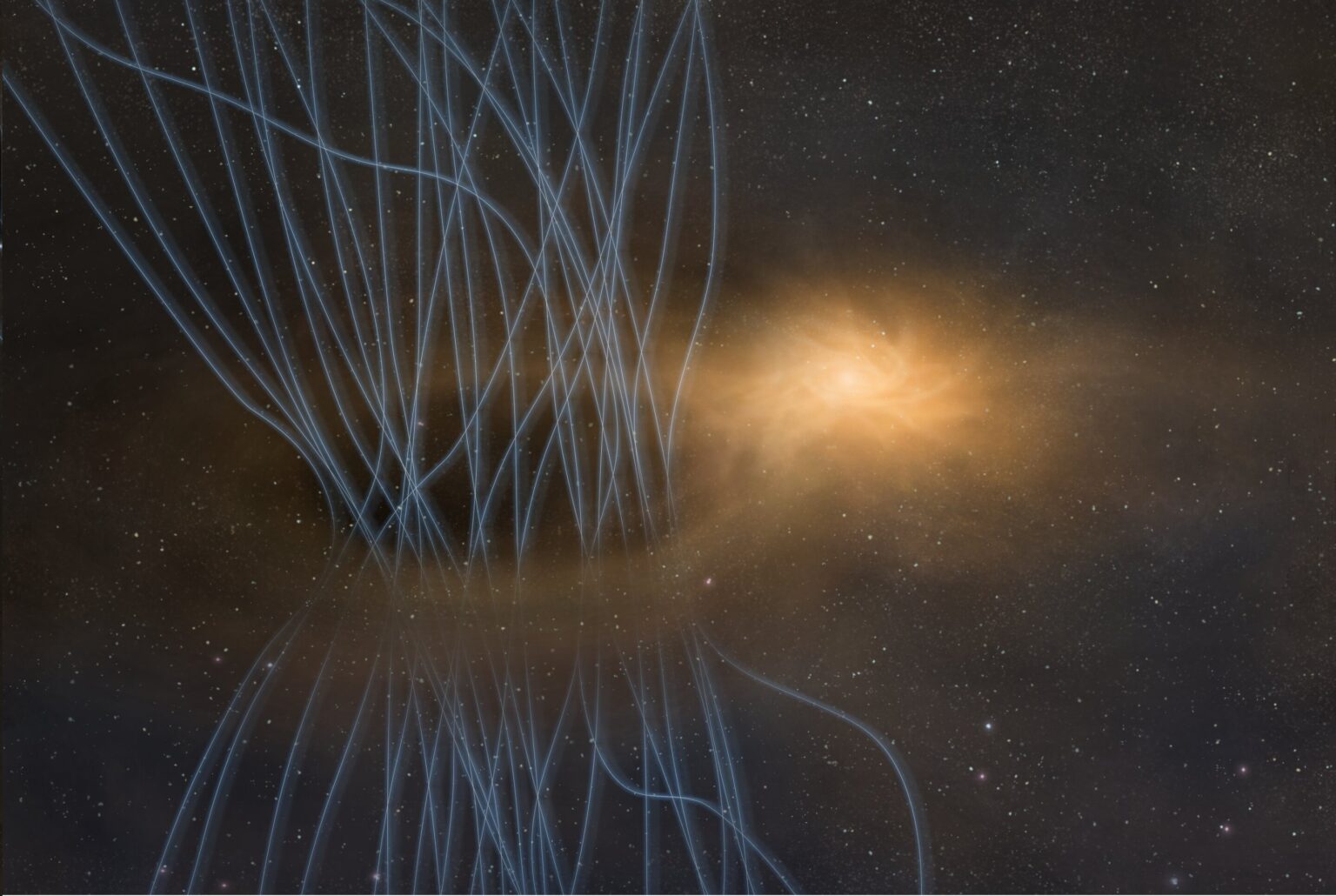Scientists have found that newborn stars push out huge masses of gas and dust, or, as they say, “sneeze.” In this way, they get rid of the strong magnetic fluxes that are present in the clouds from which they are formed.

Mystery of the young luminaries
Researchers from Kyushu University in Japan have solved one of the mysteries associated with newborn stars. ALMA’s array of radio antennas allowed them to see that the luminaries which had just formed were throwing huge amounts of gas and dust into space during a process which they described as “sneezing”.
All stars, including our Sun, are born in so-called stellar cradles. These are cold gas-dust clouds extending for many light years. Gradually, thickenings appear in them, which subsequently give rise to luminaries.
Newborn stars are surrounded by protoplanetary disks consisting of gas and dust. At the same time, all the above-mentioned structures are permeated with powerful magnetic fluxes. Eventually, they would have to become part of the newborn luminaries together with the gas, but observations say that none of them has the magnetic fields that should be observed in this case.
How newborn stars “sneeze”
The traditional view of the question of where magnetic fields disappear after the formation of stars is that they gradually weaken during the formation of the luminary. However, a new study allows us to look at this issue in a new way.
The researchers aimed ALMA antennas at the MC 27 gas and dust cloud. It is located 450 light-years from Earth and has long been known as the birthplace of new stars. Observing the young luminaries in it, scientists saw spike-like structures. They were several astronomical units long, and their points were directed away from the star.
Scientists believe that they are dealing with gas and dust emissions. According to them, newborn stars seem to sneeze and thus get rid of unnecessary magnetic fields. This is due to a phenomenon known as “interchange instability”, as a result of which gas with a powerful charge is ejected from the protoplanetary disk.
At the same time, it is interesting that among the spikes there are both those that are very close to the gas-dust disk of the star, and those that have already managed to fly away from it. This means that the “sneezing” of young stars occurs repeatedly and lasts for a certain long period of their history.
According to phys.org
Follow us on Twitter to get the most interesting space news in time
https://twitter.com/ust_magazine


